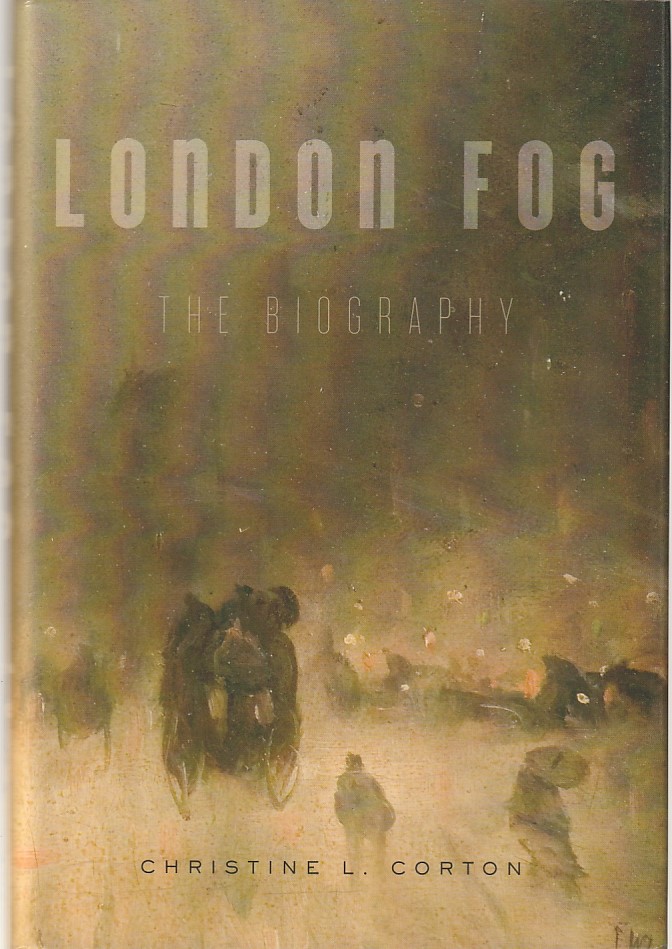
«Christine Corton takes a subject that is now scarcely more than a heritage item—like gaslight and hansom cabs—and puts it where it belongs among the great public-health movements of the 19th and 20th centuries… Of course, fog was not solely a public-health problem. With the help of wonderful contemporary illustrations, Corton vividly describes the chaos it brought—pedestrians groping, traffic crawling, accidents, crime and drunkenness soaring. The melting, blurring, looming transformations of fog seemed to symbolize the dissolution of society itself. Writers saw the possibilities, and Corton pursues their metaphorical fogs through every kind of moral, psychological and social disintegration. Charles Dickens, Henry James, Joseph Conrad, Robert Louis Stevenson, all are here—plus a mass of fascinating and forgotten popular literature—their cultural meanings perceptively analyzed… This is a rich and multifaceted book.» —The Economist
 €12
€12
«Christine Corton takes a subject that is now scarcely more than a heritage item—like gaslight and hansom cabs—and puts it where it belongs among the great public-health movements of the 19th and 20th centuries… Of course, fog was not solely a public-health problem. With the help of wonderful contemporary illustrations, Corton vividly describes the chaos it brought—pedestrians groping, traffic crawling, accidents, crime and drunkenness soaring. The melting, blurring, looming transformations of fog seemed to symbolize the dissolution of society itself. Writers saw the possibilities, and Corton pursues their metaphorical fogs through every kind of moral, psychological and social disintegration. Charles Dickens, Henry James, Joseph Conrad, Robert Louis Stevenson, all are here—plus a mass of fascinating and forgotten popular literature—their cultural meanings perceptively analyzed… This is a rich and multifaceted book.» —The Economist